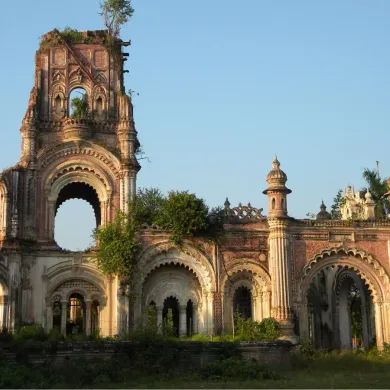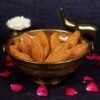Unveiling the Rich Cultural Heritage of the Mithila Region in Bihar
Historical Significance and Cultural Legacy
The Mithila region, located in the northern part of Bihar, boasts a profound historical and cultural heritage that stretches back to ancient India. This land, often referenced as the Mithila Kingdom, finds mentions in Hindu epics like the Ramayana. It is celebrated for its association with the revered King Janak and his daughter, Sita, whose stories are interwoven with the moral and spiritual tapestry of Indian mythology.
Historically, Mithila was a prominent kingdom during the Vedic period, recognized for its long lineage of intellectual and cultural advancements. Among the notable dynasties that ruled this region, the Videha dynasty stands out. The monarchs of this lineage were known not just for their political acumen but also for their patronage of arts and education. Scholars and philosophers from Mithila contributed extensively to the development of Indian philosophy, particularly the Nyaya and Mimamsa schools of thought.
Literature and arts flourished under these rulers, with Mithila becoming a nurturing ground for classical Sanskrit literature and other artistic expressions. The region’s profound contributions to Indian philosophy are underscored by the fact that it was home to numerous scholars who made significant strides in Vedic and post-Vedic periods. Literary works and manuscripts found in this region emphasize the importance of this cultural epicenter.
In addition to its intellectual contributions, Mithila is known for its breathtaking archaeological sites, which offer a vivid glimpse into its grand past. Ancient temples, ruins of palaces, and inscriptions found at various locations bear testimony to its glorious history. Sites like the Sitamarhi Temple, revered for its association with Sita, and the ruins at Balirajgarh, believed to be one of the oldest forts in Bihar, are notable monuments that attract historians and archaeologists from around the world.
Thus, Mithila, with its deep historical roots and cultural effulgence, continues to be a significant region that enriches the cultural landscape of Bihar and, by extension, India itself.
“`html
Traditional Art Forms and Festivals
Mithila, a culturally rich region in Bihar, stands out for its distinct traditional art forms, particularly the renowned Mithila or Madhubani painting. These artworks are characterized by their intricate patterns, vibrant colors, and elaborate depictions of mythological and folk themes. The techniques utilized in creating Mithila art are as unique as the paintings themselves, involving the use of natural dyes and pigments, and often being crafted on walls and floors of homes. Over the years, these art forms have transitioned to mediums like paper, cloth, and canvas, gaining both national and international acclaim. Central to this tradition are the women artists of Mithila who have not only preserved but also expanded the scope of this art, garnering global recognition for their dedication and skill.
Beyond the famous Mithila paintings, the region is also known for other traditional crafts such as sujni (a type of quilt embroidery) and sikki (crafts made from a special type of grass). Local music and dance forms like Jat-Jatin and Jhijhiya further contribute to the region’s cultural tapestry, reflecting its inland character and communal heritage.
Festivals in Mithila are grand celebrations that vividly showcase the region’s deeply rooted customs and religious practices. The Chhath Puja, a festival dedicated to the Sun God, is one of the most significant, marked by rigorous rituals and community gatherings along riverbanks. Sama-Chakeva is another vibrant festival, particularly celebrated by women, which underscores the bonds of brotherhood and sisterhood through folk songs and handmade clay toys. The Saurath Sabha, a legendary marriage fair, continues to be a unique cultural event where families gather to seek matrimonial alliances, reflecting the region’s emphasis on tradition and communal cohesion.
These festivals, alongside Mithila’s rich artistic heritage, embody the region’s spirit, showcasing a colorful amalgamation of traditions passed down through generations. The persistence of these cultural practices underscores the community’s commitment to preserving their unique legacy despite the tides of modernization, thus maintaining the vibrant cultural fabric of the Mithila region.
“`










Add comment
You must be logged in to post a comment.